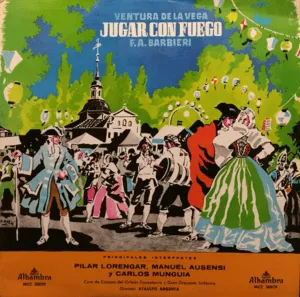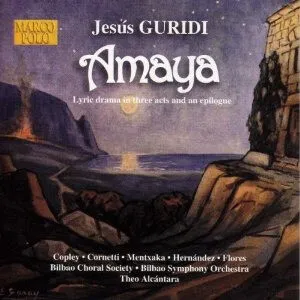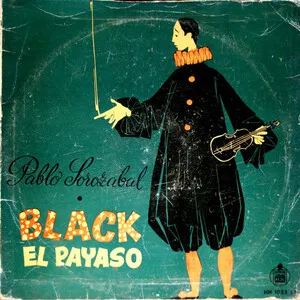Zarzuela grande is the full-length, large-scale branch of the Spanish zarzuela tradition, typically in two or three acts, combining spoken dialogue with set musical numbers.
It draws on the idioms of late-Romantic opera while retaining a distinctly Spanish character through dance rhythms, popular song types, and costumbrista (local, everyday-life) subjects. Hallmark numbers include romanzas (lyric arias), dúos and concertantes, choruses that represent the pueblo, and vibrant finales.
Unlike through-sung opera, zarzuela grande alternates spoken scenes and music, creating a flexible dramaturgy that allows comedy, social commentary, and romance to coexist. Its orchestration is late‑Romantic in color but often highlights Spanish dance pulses such as seguidillas, fandangos, jotas, and pasodobles.
Zarzuela as a lyric‑dramatic form dates to 17th‑century Spain and was revitalized in the 1800s. In Madrid during the 1870s–1890s, practitioners and impresarios began to distinguish between short, one‑act pieces (género chico) and longer, more ambitious works—zarzuela grande. The latter typically unfolded over two or three acts, with broader orchestration and more complex ensemble writing.
Composers such as Francisco Asenjo Barbieri (El barberillo de Lavapiés; Pan y toros), Emilio Arrieta (Marina), and Ruperto Chapí (La tempestad; La bruja; El rey que rabió; Curro Vargas) defined the idiom by fusing Romantic operatic craft with Spanish dance rhythms and costumbrista plots. Tomás Bretón, Manuel Fernández Caballero, and later Amadeo Vives (Doña Francisquita) and Federico Moreno Torroba (Luisa Fernanda) carried the form into the early 20th century. Premieres centered on Madrid’s Teatro de la Zarzuela and Teatro Apolo, where finales with chorus and bustling crowd scenes became signature moments.
Between the 1910s and 1930s, zarzuela grande maintained popularity while interacting with contemporaneous currents (operetta, early musical comedy). Political upheavals, the Civil War, and later cultural shifts reduced new production, but the repertory endured on Spanish stages and on radio/recordings. The tradition also spread to Spanish‑speaking countries (notably Cuba, Mexico, and the Philippines), influencing local musical theatre practices.
Late‑20th‑ and 21st‑century revivals by Spanish theatres, orchestras, and festivals have reestablished key works in the repertoire. Modern productions often use critical editions and emphasize the genre’s blend of popular dance, lyrical romance, and social satire, making zarzuela grande a living bridge between opera and musical theatre.

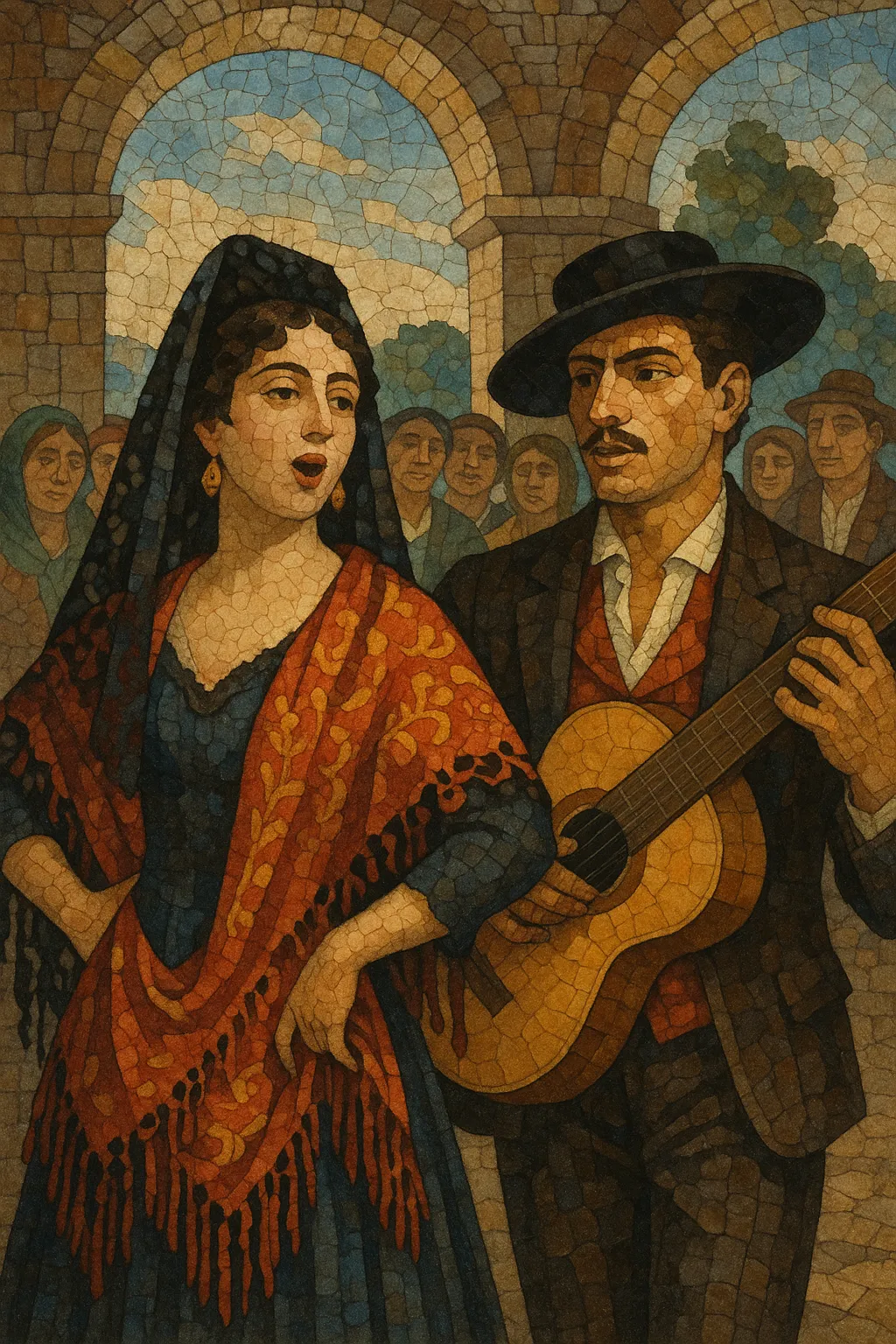
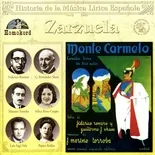%2C%20Cover%20art.webp)
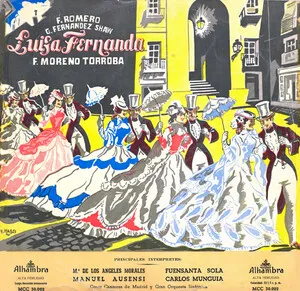
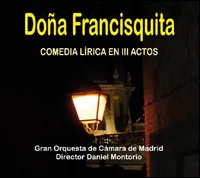%2C%20Cover%20art.webp)
